Blog
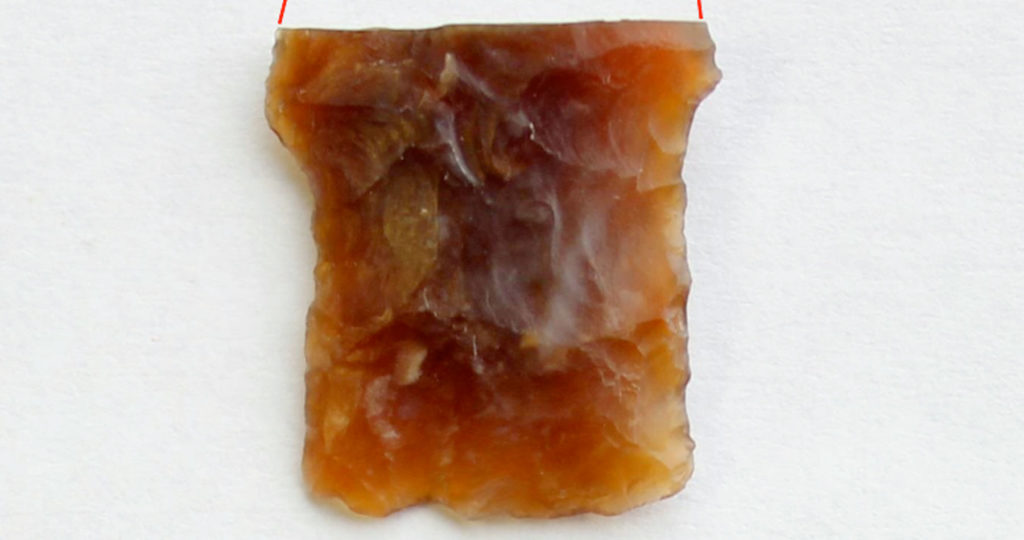
April 13, 2016
Knife River Flint Dart Base
In the summer of 2013, Tree Time Services surveyed cutblocks for Alberta-Pacific Forest Industries in the Logan River area north of Lac La Biche and found an artifact protruding out of exposed sediment along a previously constructed oil and gas access road. When we find artifacts in disturbed areas it is unfortunate because these artifacts
Keep Reading
April 12, 2016
Archaeology on Deer Mountain
On Friday, April 15th at 7 PM Tree Time Services Sr. Project Archaeologist Kurtis Blaikie-Birkigt will be presenting at the High Prairie and District Museum on ongoing research on Deer Mountain, Alberta. On the weekend, Tree Time will be at the High Prairie Gun & Sportsmen’s show with a display of artifacts and replicas to help identify your finds.
Keep Reading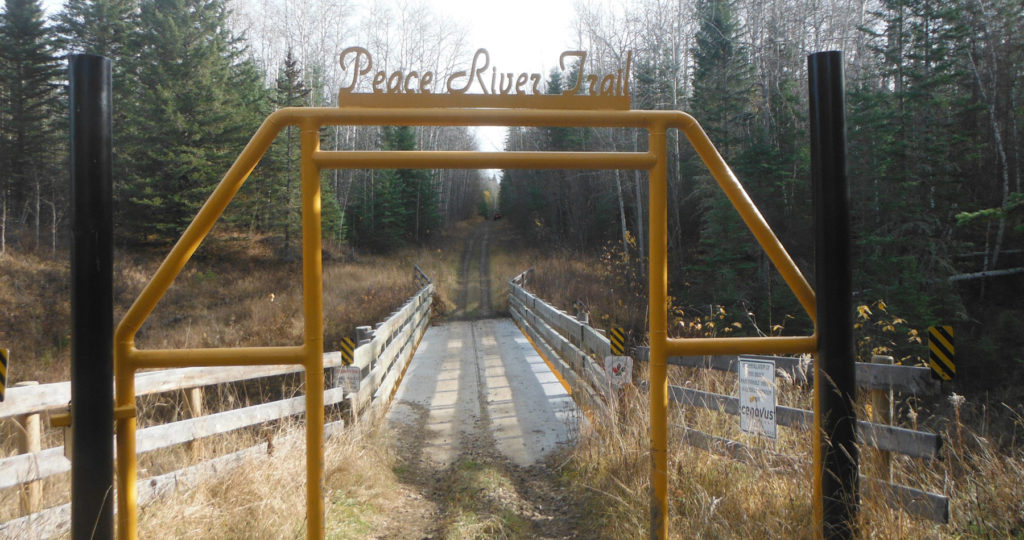
April 6, 2016
Checkout our Slave Lake Roadshow April 9, 2016
This Saturday, April 9, 2016, Tree Time archaeologists will be giving a presentation on some of our survey results in forestry developments along the historic Peace River Trail, which is located on the north shore of the Athabasca River between Smith and Sawdy, AB. This trail is now the modern Peace River Wilderness Trail, a
Keep Reading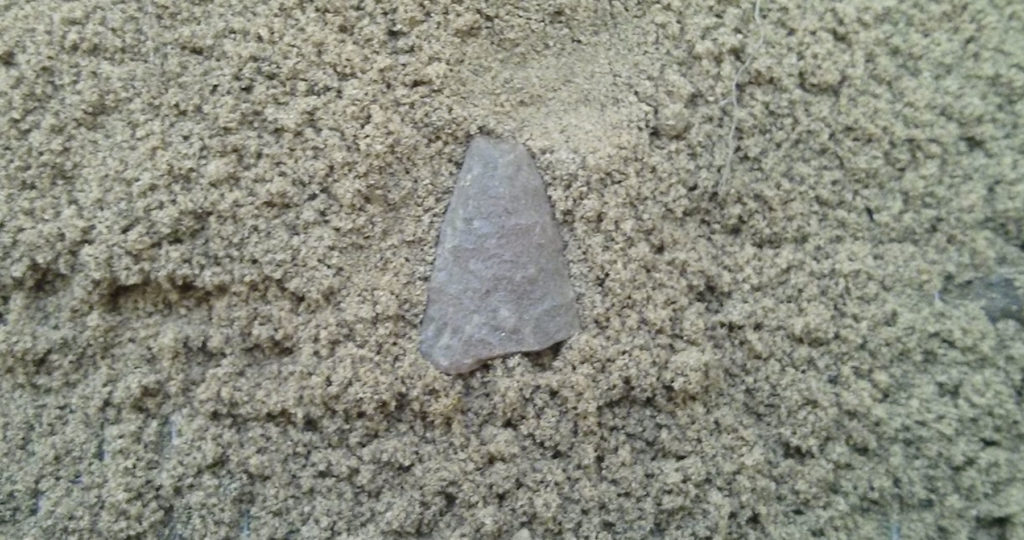
April 1, 2016
Archaeology of the Marten Creek valley
Last year (2015) archaeologists from Tree Time Services conducted surveys of a number of areas on the Marten Creek valley, from near the mouth of the creek at Lesser Slave Lake to the headwaters at Marten Lakes. These surveys were done in advance of forestry operations by Alberta Plywood and Tolko Industries Slave Lake mill.
Keep Reading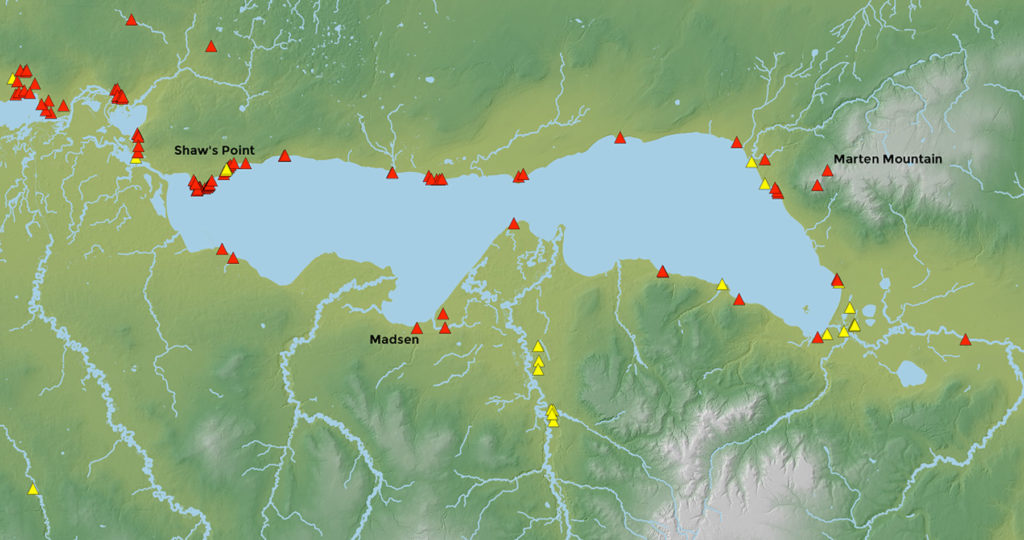
March 18, 2016
Early archaeology on Lesser Slave Lake
From 1979 to 1982, Dr. Ray LeBlanc, then Boreal Archaeologist with the Archaeological Survey of Alberta, conducted baseline surveys of the Lesser Slave Lake region. Before that time there were less than 1000 archaeological sites recorded in the entire Green Zone of northern Alberta (including the Grande Prairie region). Within the Lesser Slave Lake basin there were only
Keep Reading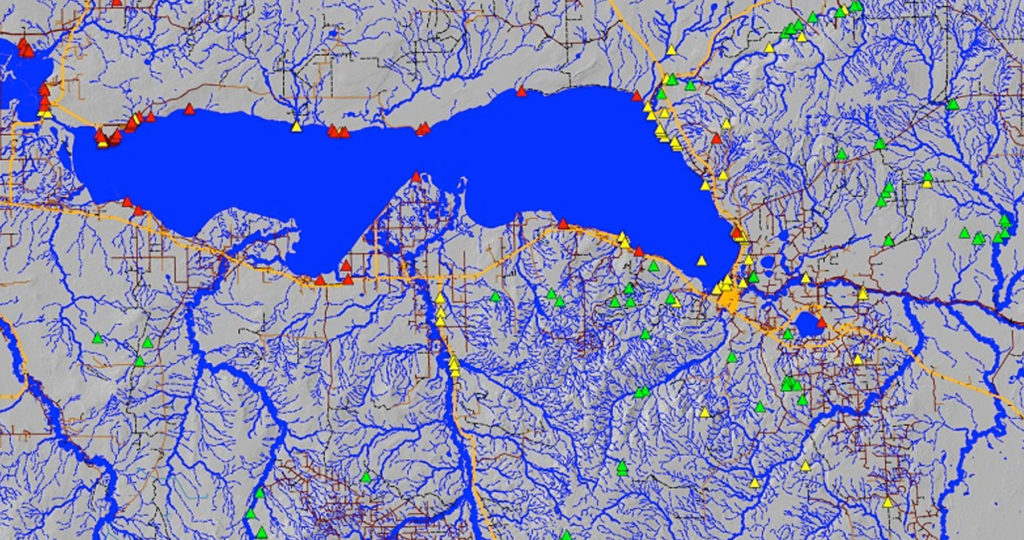
March 2, 2016
More archaeological research in the Lesser Slave Lake region
From 1979 to 1990 Dr. Raymond Le Blanc conducted archaeological surveys and excavations in the Lesser Slave Lake region, first as a member of the Archaeological Survey of Alberta, and later with an archaeological field school with the University of Alberta. These projects are one of the largest archaeological bodies of work in Alberta’s boreal
Keep Reading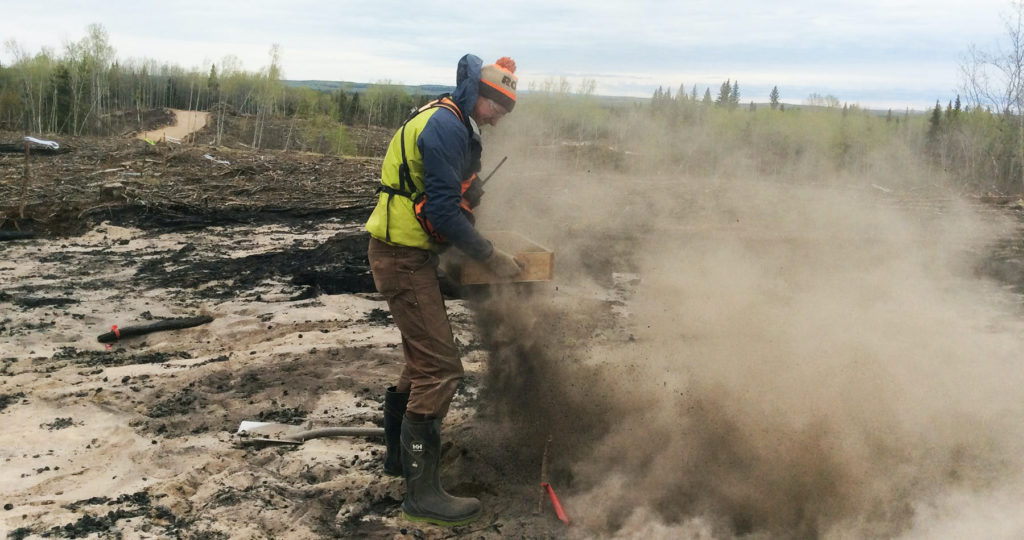
February 19, 2016
How are Historic Resources like Environmental Contaminants?
I attended the Environmental Services Association of Alberta regulatory forum in Edmonton on January 11th, 2016 with Mike Toffan, our Reclamation Coordinator. None of the regulatory updates dealt directly with Historical Resources Act concerns, but our work often occurs in the broader environmental regulation context, so it’s good to have a general understanding of things
Keep Reading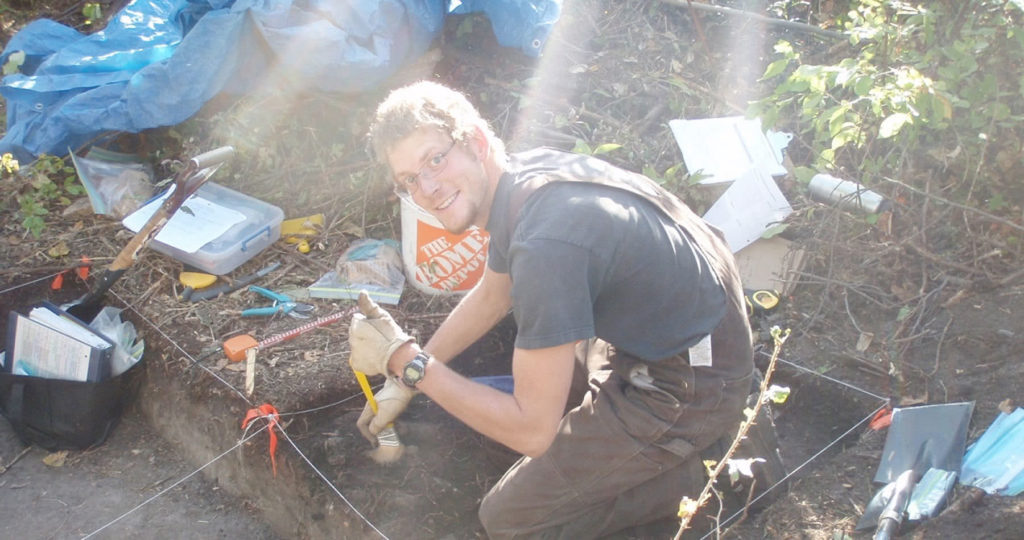
January 28, 2016
What is a Borden Number?
The Borden System is used to provide each archaeological site in Canada with a unique identifier, called a Borden Number. These identifiers consist of two parts – four letters (formatted AaBb) and a number separated by a dash. The letters represent the Borden block which is the geographical location of the site and the number
Keep Reading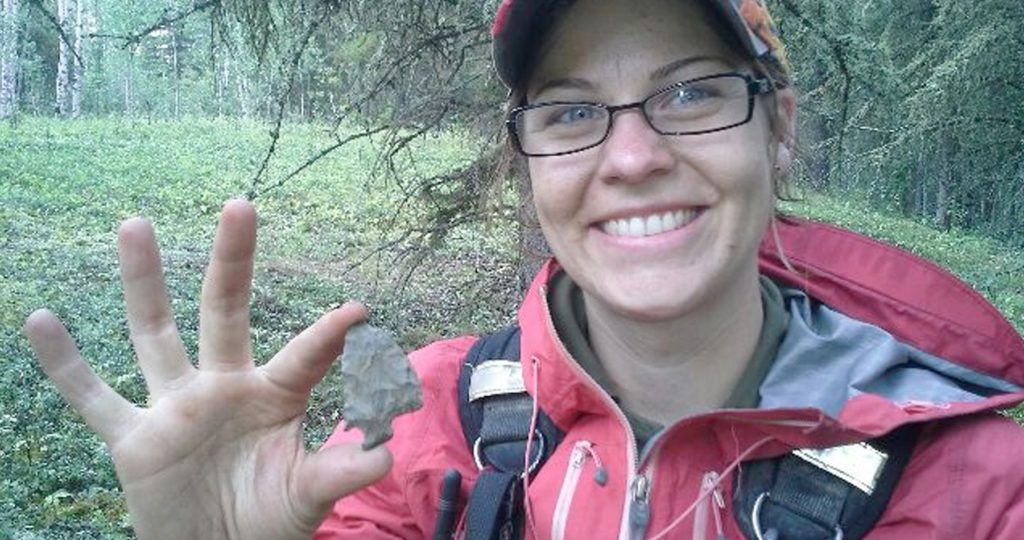
January 28, 2016
Why is Archaeology Important?
Archaeology provides us with the opportunity to learn about past cultures through the study of artifacts, animal bones and sometimes human bones. Studying these artifacts helps to provide us with some insight about what life was like for people who left behind no written record. In the case of historical archaeology the artifacts can help
Keep Reading